Soybean Insects
Recommended Content
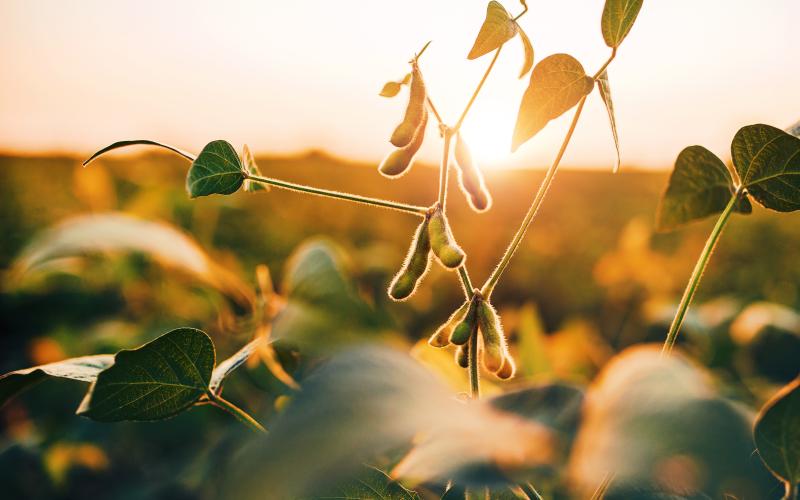
Best Management Practices for Soybean Production
This is your unbiased, research-based guide to soybean production to help increase yield, reduce input costs and protect your investment.
All Soybean Insects Content
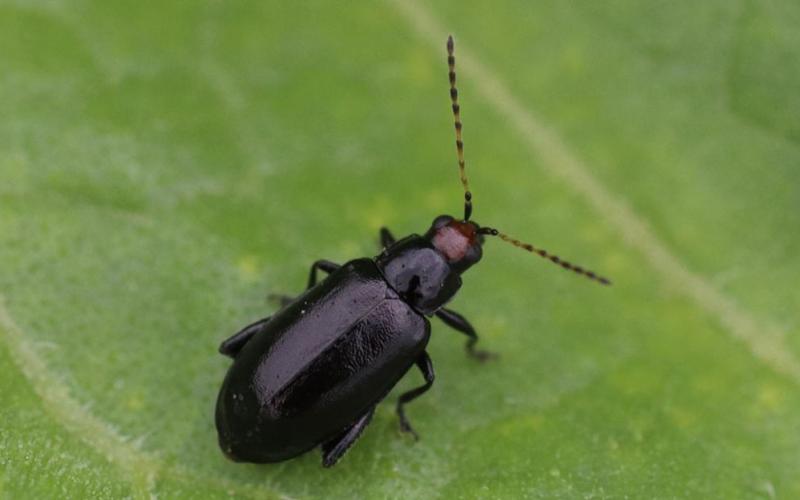
Redheaded Flea Beetles Are Active in South Dakota
Redheaded flea beetles are now active in soybean. Although they haven’t caused significant defoliation yet, their activity should be monitored, as other defoliating insects are also present in soybean.

Soybean Gall Midge Larvae Detected in South Dakota Soybean
Soybean gall midge larvae have been detected in southeastern South Dakota. Although the infestations probably won’t result in plant death in many fields in 2022, the infestations could be a source for soybean gall midge adults in 2023.

Grasshopper Activity Is Ramping Up
We have already observed increased grasshopper activity in many areas of the state and, depending on the 2022 season, they may become problematic in crops.
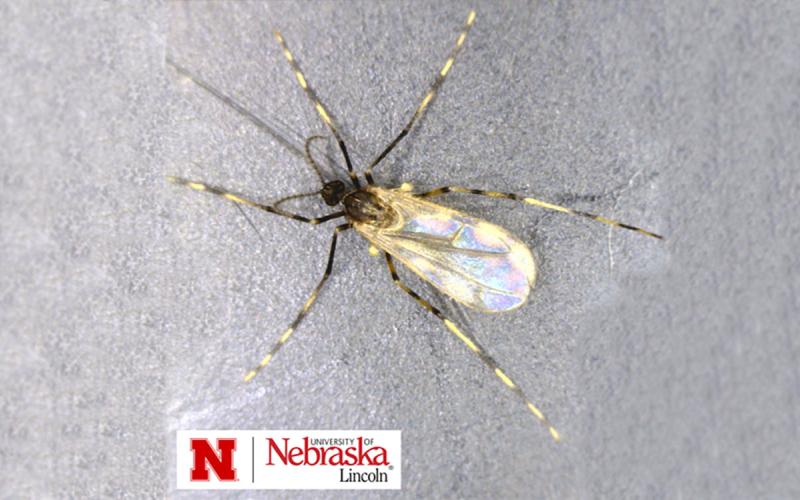
Soybean Gall Midge Adults Detected in South Dakota
Soybean gall midge emergence was first detected in South Dakota two weeks ago, during the week of June 13 -17, 2022. Emergence continues to be slow, with the only observations in southeast South Dakota.
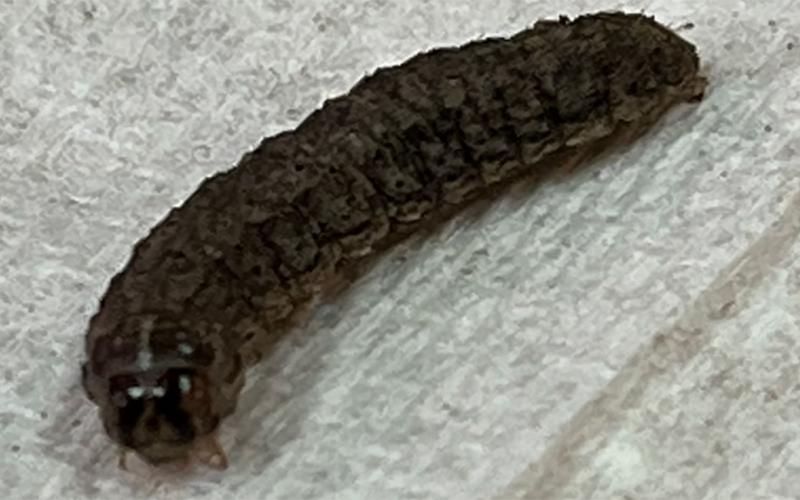
Dingy Cutworms Observed in South Dakota Crops
Dingy cutworms have been reported in South Dakota crops, and their activity is likely to continue for at least another couple of weeks.
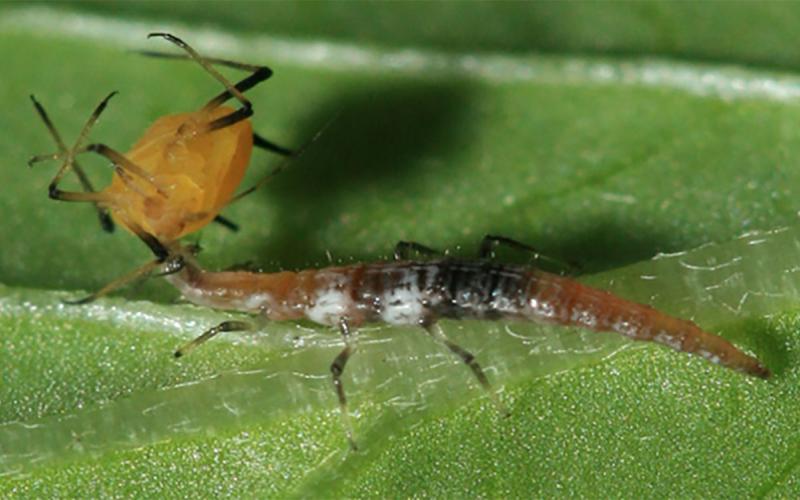
Biocontrol Agents: Brown Lacewings
With so many insect pests causing concern for both gardeners and farmers, it’s important to know which ones are on our side. In this article, we focus on the brown lacewing and the beneficial role it plays within the landscape.
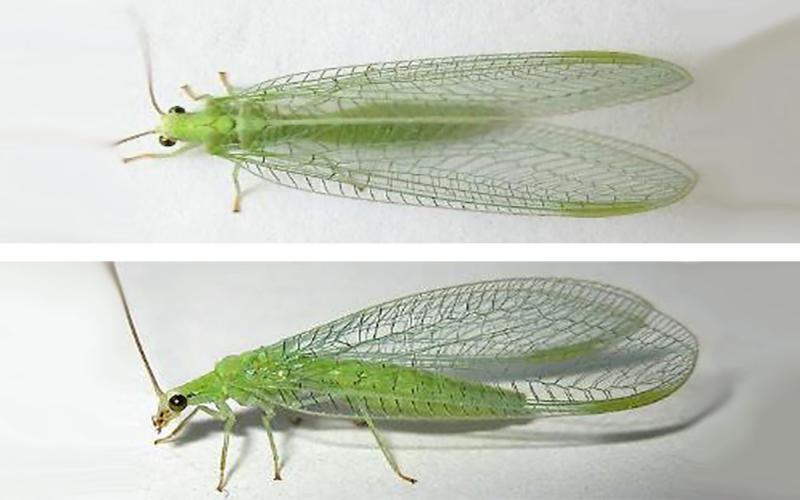
Green Lacewings: Beneficial Predators for Both Small and Large-Scale Landscapes
Many insect species are beneficial to landscapes, and some are even reared in large quantities to be released as biological control agents. In this article, we will focus on one of those insects, the green lacewing.

Bean Leaf Beetles Active in South Dakota
Soybeans in South Dakota are being targeted by the overwintering population of bean leaf beetles. See our latest activity report from around the state, along with scouting and management recommendations.
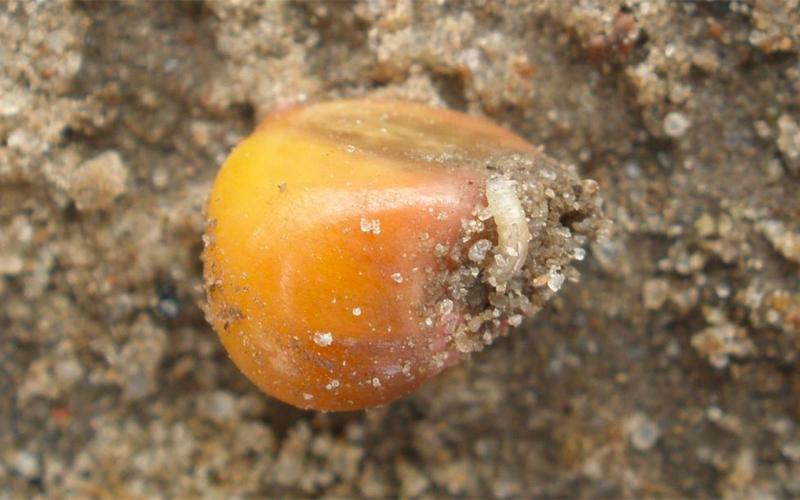
Seedcorn Maggot Degree Day Activity Estimates: May 26, 2022
Many areas in South Dakota have reached peak emergence for the second generation of seed corn maggots, while others are still approaching it.

Minute Pirate Bug: Beneficial Predators in Managed and Agricultural Landscapes
Learn about minute pirate bugs, beneficial insects that feed on numerous arthropod pests of both garden and agricultural crops.